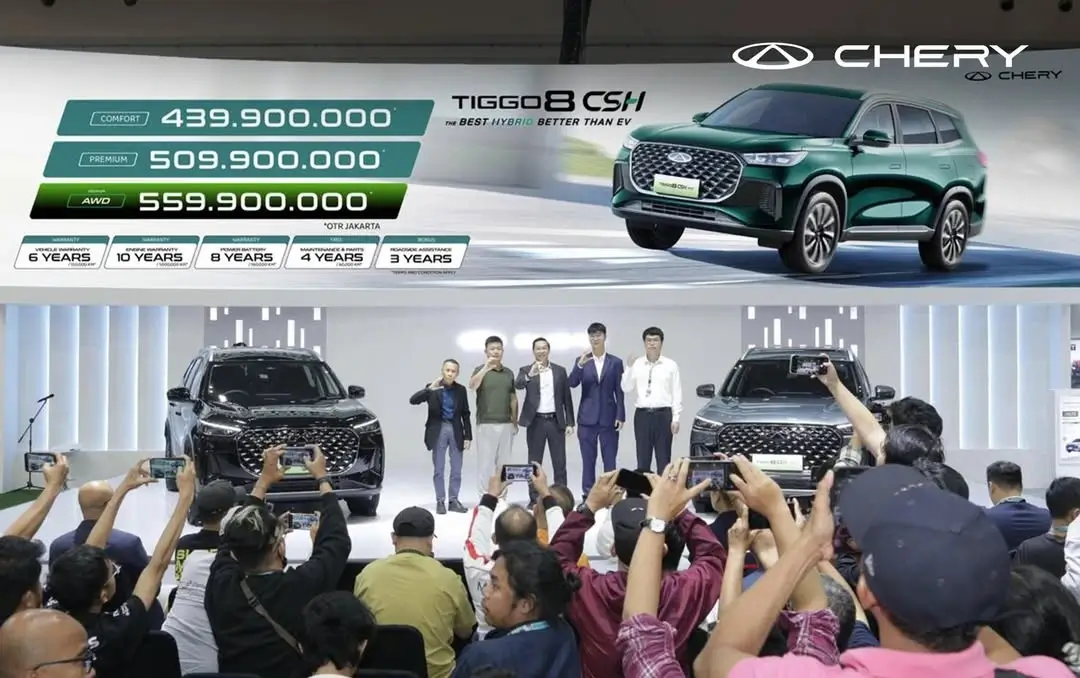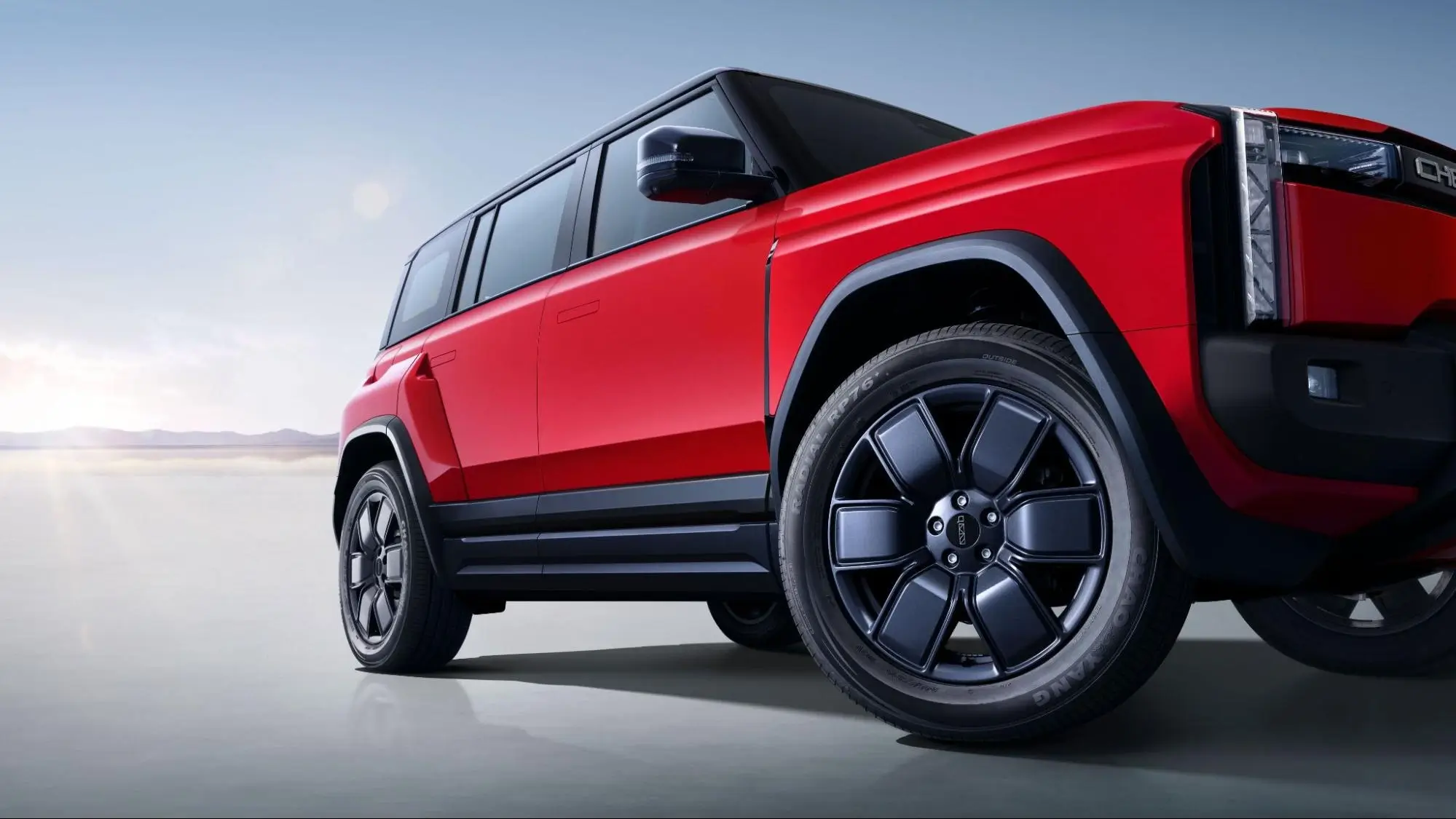Driving safety is a top priority that must always be considered when on the road. In addition to following traffic rules and driving carefully, the presence of safety technologies in cars also helps ensure protection while driving.
Today, many new car models are already equipped with Advanced Driver Assistance System (ADAS) features to enhance both safety and comfort for drivers and passengers. ADAS is an innovative technology in the automotive industry designed to assist drivers in avoiding potential hazards during a journey.
The ADAS system itself includes advanced features such as radar, sensors, and cameras that play a crucial role in minimizing the risk of traffic accidents. Given its importance, more and more people now prefer vehicles that come equipped with this technology.
Through this article, let’s take a closer look at what ADAS is and how it works, the features it offers, and the benefits it provides for driving safety.
What is ADAS?
The Advanced Driver Assistance System (ADAS) is a technology developed to enhance both safety and comfort while driving. This system works by providing a range of automated features that support drivers in controlling the vehicle more safely and efficiently.
ADAS technology utilizes modern devices such as sensors, radar, cameras, and even LIDAR to monitor the vehicle’s surroundings in real time. With these capabilities, the system can detect potential hazards on the road and provide early warnings to the driver to take immediate action.
In certain situations, ADAS can even intervene directly with the vehicle. For example, by activating the automatic emergency braking feature to avoid a collision or at least reduce the severity of an accident if it cannot be completely prevented.
Compared to conventional systems like ABS and airbags, which only provide passive protection after an accident occurs, ADAS offers a more proactive level of safety. It works by giving early warnings and, when necessary, taking direct action to prevent accidents from happening.
How ADAS Works
ADAS technology in vehicles operates by integrating advanced components such as sensors, cameras, radar, and data-processing algorithms. The system follows a series of steps to accurately monitor the vehicle’s surroundings, then provides assistance or intervention to ensure driving safety.
The process begins with real-time data collection using radar, ultrasonic sensors, cameras, and Lidar. With this data, the ADAS system can detect and measure the distance to surrounding objects, read road markings, and recognize traffic signs.
The collected data is then processed through artificial intelligence (AI)-based algorithms. The ADAS system evaluates potential hazards, estimates the risk of collisions, and determines the most appropriate preventive actions.
If a threat is detected, ADAS can intervene automatically by activating emergency braking, adjusting the vehicle’s speed, and more. In addition, the system also provides alerts through sound, visual displays, or vibrations, allowing the driver to take manual action to safely control the vehicle.
Types of Features in ADAS
ADAS consists of various advanced features and has become a leading technology in the latest vehicles. Here are some key ADAS features you should know:
Adaptive Cruise Control (ACC)
Adaptive Cruise Control (ACC) helps drivers maintain speed while adjusting a safe distance from the vehicle ahead. The system works using radar sensors and cameras to monitor traffic, allowing the car to slow down or accelerate according to road conditions.
With ACC, highway driving becomes much more comfortable since drivers no longer need to constantly press the accelerator or brake pedals. Additionally, this feature helps reduce the risk of collisions caused by tailgating.
Lane Departure Warning (LDW) & Lane Keeping Assist (LKA)
Lane Departure Warning (LDW) and Lane Keeping Assist (LKA) are designed to keep the vehicle within its lane. LDW provides alerts in the form of sounds, vibrations, or visuals when the car starts to drift out of its lane without the use of turn signals.
Meanwhile, LKA takes a step further by applying light steering corrections to guide the car back into its proper lane. This feature is especially important to prevent accidents caused by driver fatigue or drowsiness on long trips.
Automatic Emergency Braking (AEB)
Automatic Emergency Braking (AEB) acts as a lifesaving feature in emergencies. When the system detects a potential collision with a vehicle or object ahead, it automatically applies the brakes.
This allows the car to stop or at least slow down, minimizing the impact of a crash. The feature is particularly useful in dense urban traffic where front or rear-end collisions are more likely to occur.
Forward Collision Warning (FCW)
Forward Collision Warning (FCW) complements the AEB system by providing early warnings if the vehicle ahead suddenly slows down or if a collision risk is detected. Using cameras and radar, the system continuously monitors distance and relative speed.
When danger is detected, the driver receives alerts through sounds, lights, or vibrations. These warnings give drivers extra reaction time to take preventive measures before an emergency happens.
High Beam Safety System (HBSS)
The High Beam Safety System (HBSS) automatically manages the use of high beams. The system detects other vehicles ahead or coming from the opposite direction using camera sensors.
When another vehicle is detected, the high beams dim to low beams to avoid dazzling other drivers, then switch back to high beams once the road is clear. HBSS enhances visibility during nighttime driving while ensuring road safety.
Blind Spot Monitoring (BSM)
Blind Spot Monitoring (BSM) helps eliminate blind spots that cannot be seen through mirrors. Using sensors at the rear sides of the vehicle, the system detects cars in the blind spot area and warns the driver via indicator lights on the mirrors or audible alerts.
With BSM, the risk of collisions while changing lanes or overtaking is significantly reduced. This feature is especially helpful for drivers navigating busy highways.
Collision Mitigation System (CMS)
The Collision Mitigation System (CMS) serves as an added layer of protection when an accident is unavoidable. The system combines automatic braking with vehicle stability control to reduce speed before impact occurs.
Additionally, CMS works alongside passive safety features such as airbags to minimize the severity of injuries. This makes it an effective feature for reducing passenger harm in accidents.
Rear Cross Traffic Alert (RCTA)
Rear Cross Traffic Alert (RCTA) assists drivers when reversing, especially from parking areas with limited visibility. Rear sensors detect approaching vehicles from the left or right side.
If a potential hazard is detected, the system issues audio or visual alerts to prompt the driver to stop. RCTA is highly effective in preventing minor accidents that often occur in crowded parking lots.
Driver Drowsiness Detection (DDD)
Driver Drowsiness Detection (DDD) is an intelligent feature that monitors driver behavior to identify signs of fatigue or drowsiness. Cameras and sensors analyze gaze direction, head movements, and steering patterns.
If signs of sleepiness are detected, the system provides alerts in the form of sounds or symbols, reminding the driver to take a break. This technology is extremely useful in maintaining focus and preventing accidents caused by microsleep during long journeys.
What Are the Benefits of ADAS for Driving Safety?
Here are some benefits you can gain when driving a car equipped with an ADAS system:
- Reducing the Risk of Accidents: ADAS can provide early warnings and even perform automatic interventions to prevent potential accidents. For example, the FCW feature alerts drivers to possible collisions, while the AEB feature can automatically activate the brakes if the driver reacts too late.
- Enhancing Driving Comfort: Features such as ACC and LKA make trips feel more relaxed, especially on highways or long journeys. Drivers don’t have to constantly adjust speed and steering since the system helps maintain a safe distance and keeps the vehicle in its lane.
- Improving Efficiency and Driving Awareness: With traffic alerts, lane detection, and speed reminders, drivers are better supported in following traffic regulations. This also reduces the risk of violations that could endanger both themselves and others.
- Reducing Driver Fatigue: Features like DDD can detect signs of drowsiness and alert the driver to take a break. Additionally, automatic assistance in acceleration, braking, and lane correction helps ease the driver’s workload, especially during long trips or in heavy traffic.
- Protecting All Road Users: The benefits of ADAS extend beyond the driver and passengers, positively impacting other road users as well. With quick detection and automatic responses, the risk of collisions can be minimized, making traffic safer for everyone.
Thus, that is the explanation of what ADAS is in cars, how it works, as well as its features and functions. With its advanced technologies, ADAS can provide proactive protection through early warnings and automatic interventions. The presence of ADAS helps reduce the risk of accidents and ensures the safety of all road users.
The availability of ADAS features not only protects you and your family but also adds long-term value to your car. This active safety technology is now implemented in various types of vehicles, including conventional cars, electric vehicles, and hybrids.
Considering a car that comes equipped with ADAS technology is a smart choice for anyone who prioritizes driving safety and comfort. Discover the best car options already equipped with ADAS features only at chery.co.id.
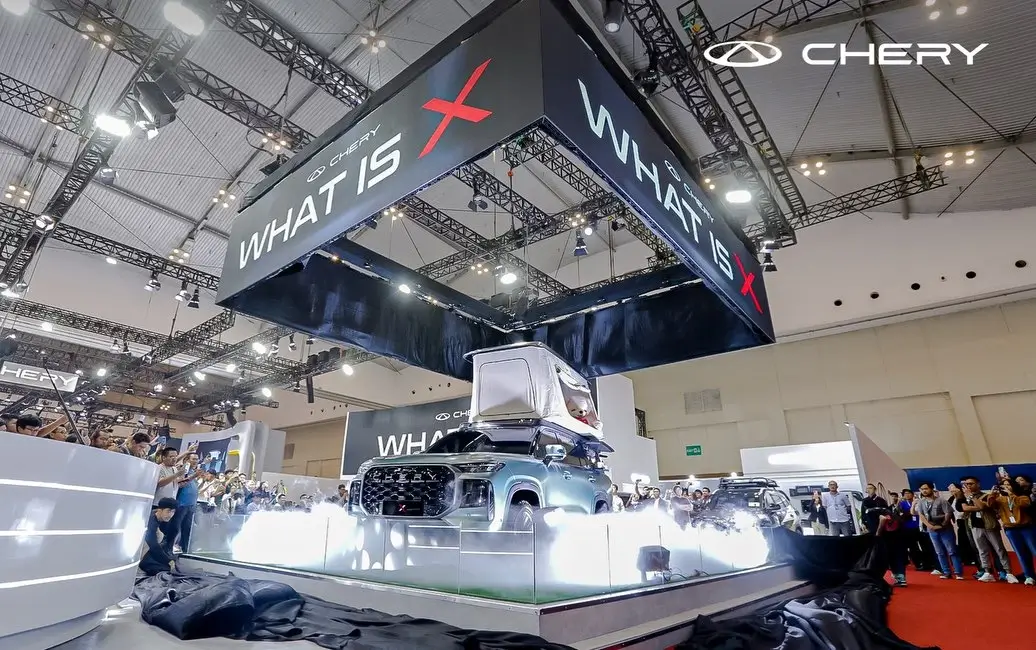
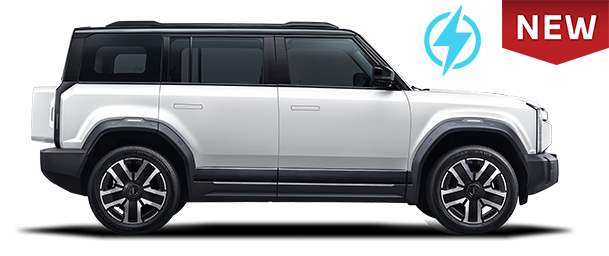
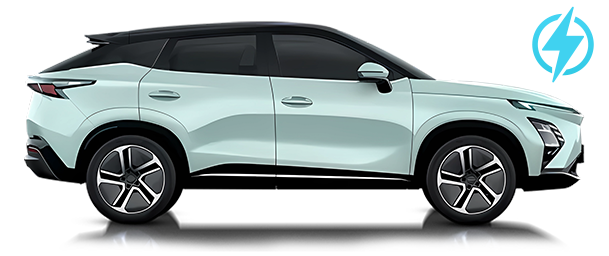
 Teknologi Canggih untuk Keselamatan Berkendara.webp)




